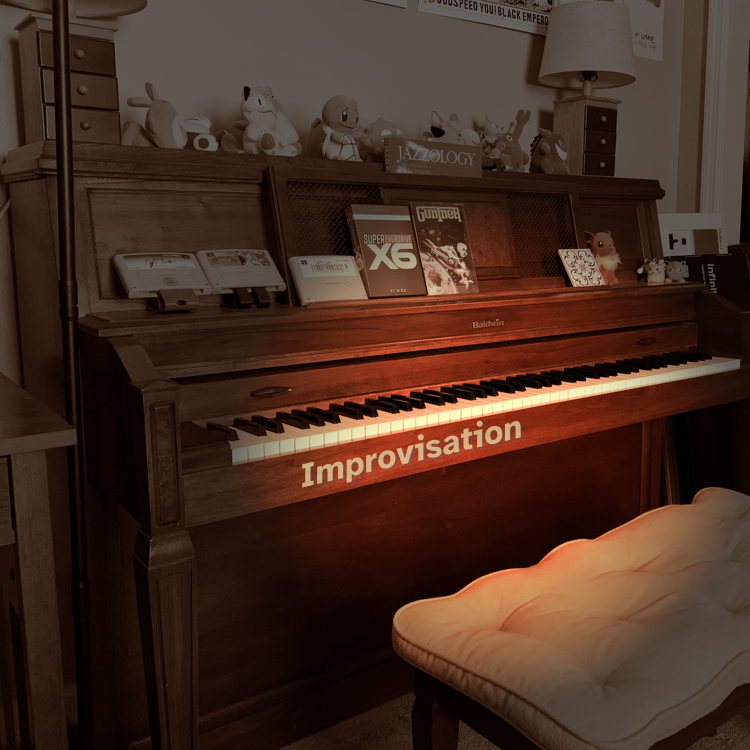::|CONTENTS
- Technical Details
- See also
The Atari AMY (
Additive
Musical s
Ynthesis) Sound Processor is a chip developed by
Atari in August 1983.
The chip had numerous design issues, was slated for a new next generation line of 16-bit Atari computer systems as part of the "Rainbow chipset" (Silver, Gold and AMY) and was being discussed throughout the company in various groups to be used in other proposed designs. It was being considered for use in next generation Atari game consoles and in the Atari Arcade division.
When Atari was sold in July 1984 to Tramel Technologies Ltd, which renamed itself to Atari Corp, the AMY was examined by lead technologist Shiraz Shivja, the father of the Atari ST. It was considered for the new ST computer (codenamed RBP), but with more development needed and a very tight schedule and deadline, it would instead be considered for use in an Atari 65XE computer designated the Atari 65XEM.
But issues continued with the AMY chip and it never went into mass production.
In 2019, an actual fully intact AMY IC chip was located by John Hardie and donated to the Atari Museum, where the chip will now be analyzed.
Technical Details
AMY 1 is a digital, pipeline architectured, additive music synthesizer chip. There are 8 voices maximum assignable with a total of 64 harmonic oscillators, available in groups of two, for voice assignment. AMY 1 has 72 independent, piecewise linear envelope generators: 8 fundamental frequency enevelopes and 64 harmonic amplitude enevelopes. A complete sound system requires addition of a D/A converter IC (up to 16 bit). To provide higher level commands, the system will generally include a controlling processor such as the Intel 8051 single chip microcomputer.
The Envelope Generator block also contains the Last Harmonic Pair Flags and an assortment of adders and other logic to generate all AMY envelopes from breakpoint information placed in the HRAM and VRAM by the sequencer under direction of the System Bus Interface command decoder. The Envelope Generator block also contains a Noise Adder. This is used in generating noise based voices.
The Exponential ROM converts the outputs to the 72 envelope generators to a piecewise exponential form for use internally. The TOM permits the AMY user to use decibel units for harmonic amplitude specification and semitone units for fundamental frequency sepcification. Not only are data widths reduced between the user and AMY, but master amplitude scaling and transposition operations are reduced to simple addition operations in the controlling processor.
The Sequencer block controls all the other blocks. It contains a 7 bit clock period counter and 7 bit subsample counter.
A complete sound system requires the addition of a D/C converter chip (up to 16 bit). To provide higher level commands the system will generally include a controlling processor such as the Intel 8051 Single Chip Microcomputer.
Keyboard or other Controller -> 8051 -> AMY 1 -> 16 bit D/A Converter -> Audio Out
Envelopes are generated by the on chip AMY 1 envelope generator block. The user may command the generators to make any piecewise linear envelope desired by using a slope and destination scheme. Assume that a particular envelope generator has been previously loaded immediate to zero.
The Note Range was reaching from a low F (5.4 Hz) up to a high A# (7459.4 Hz)
See also
-
Atari Museum Page
-
Atari


